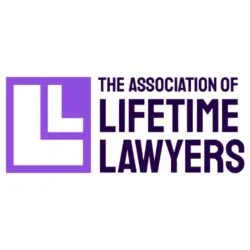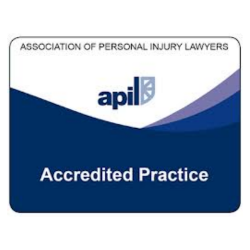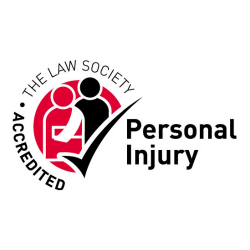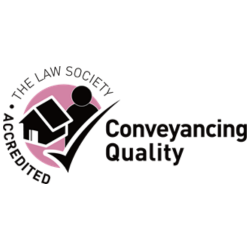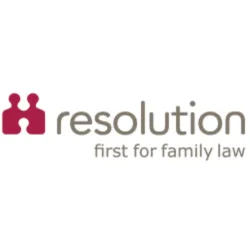
What Happens at an Employment Tribunal Hearing?
The Tribunal Process – An Overview
a) An employee (the Claimant) issues a claim online or at the Tribunal Office using an ET1 Claim Form.
b) The ET1 is then sent to the employer (known as the Respondent), which has 28 days to lodge their response, using an ET3 Response Form.
c) After the ET3 has been processed by the Tribunal and sent to the Claimant, a Case Management Order will be made by the Tribunal. The Order states that certain steps have to be taken over the course of the following weeks or months, such as the preparation and exchange of lists of documents upon which both parties intend to rely, a schedule of loss and witness statements.
d) The case will then progress to a Hearing, which will decide whether the claim succeeds or fails.
Witnesses
Witnesses should attend the Hearing to give relevant evidence, although written witness statements should be exchanged in advance of the Hearing.
The Tribunal also has power to issue a Witness Order to summon someone that you want to have at the Hearing, even if they do not want to be there (although calling a “hostile” witness can be dangerous).
Parties to the claim, their witnesses and any volunteer representatives (e.g. unpaid representatives from a Citizens’ Advice Bureau) are not entitled to claim expenses related to the Hearing from the Tribunal.
The Hearing Itself
The date, time and place of the Hearing, and the estimated time it will take, will be set out by the Tribunal in writing.
The Hearing will normally be conducted by an Employment Judge on his or her own but in certain cases, like discrimination claims, there may be a full Tribunal which includes an Employment Judge and two wing members (who are often from Business and Trade Union backgrounds).
If one of the parties fails to appear at the Hearing, the Tribunal may decide the case in their absence.
The Employment Judge will make sure that the Hearing proceeds in a calm and measured way. However, he or she may have to be firm in moving the case on to make sure that it proceeds at a pace which allows it to be dealt with within the alloted time frame. Generally in an unfair dismissal case the Respondent will give evidence and call any witnesses first, while in other types of claim the Claimant will normally be first to give evidence followed by any witnesses.
The Claimant, the Respondent and any witnesses will have to give evidence on oath or affirmation. An individual who lies after swearing an oath or affirmation may be convicted of perjury.
In England and Wales a written witness statement is normally read by the Tribunal (meaning the witness does not need to read it out at the hearing) and this stands as the parties’ main evidence. Witnesses will be cross-examined by the other side and then given the opportunity to provide further evidence by way of clarification. (“re-examination”). Finally, the Employment Judge and wing members may also ask questions.
Once all the evidence has been heard, both sides can sum up before the Tribunal retires to consider their Judgment.
Unless the Tribunal ‘reserves’ its judgment, the Employment Judge will announce the Judgment and the reasons for it at the end of the Hearing. If the Judgment is reserved the parties to the claim will receive it in writing at a later date. If written reasons for the decision are not supplied with the Judgment, these can be requested from the Tribunal.
If the claim succeeds the Tribunal will normally expect to deal with compensation issues at the Hearing.
Costs
Generally speaking, parties are responsible for their own legal costs for pursuing or defending a claim. However, the Tribunal does have the power to make an order for costs in certain circumstances, e.g. where pursuing or defending an unmeritorious claim (or defence)or where a party has acted unreasonably during the course of the claim.
For more information on Employment Tribunals and other Employment Rights, please call one of our Employment Solicitors in our Employment Rights team in Leeds on 033 3344 9603.
This Fact Sheet is for information only and is not intended to be a substitute for legal advice.

